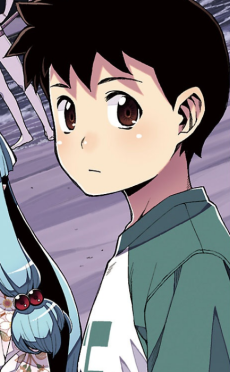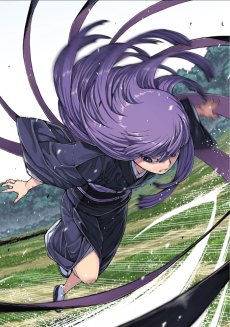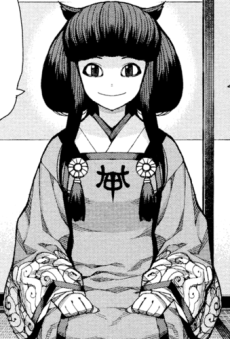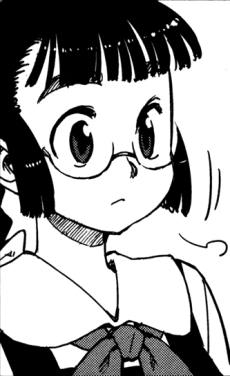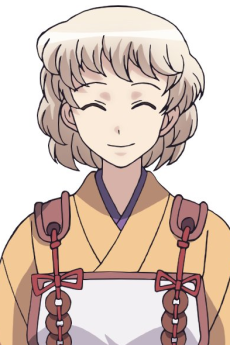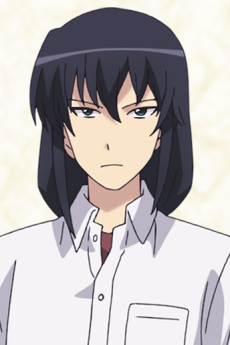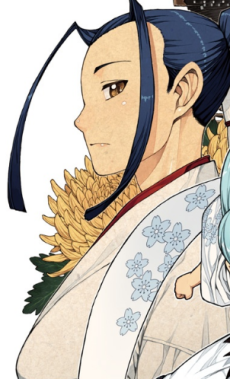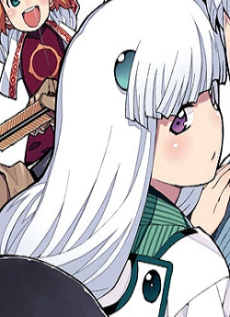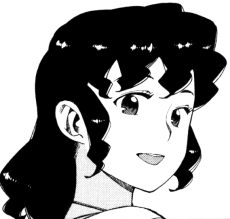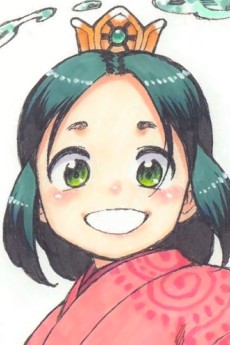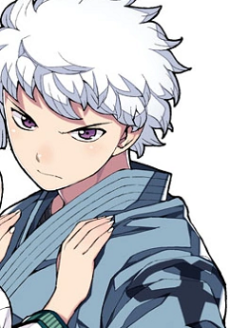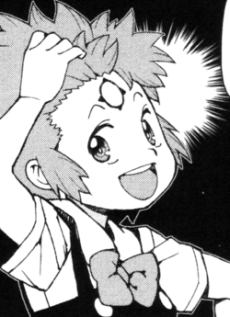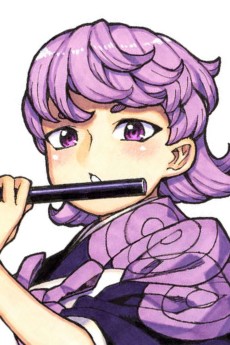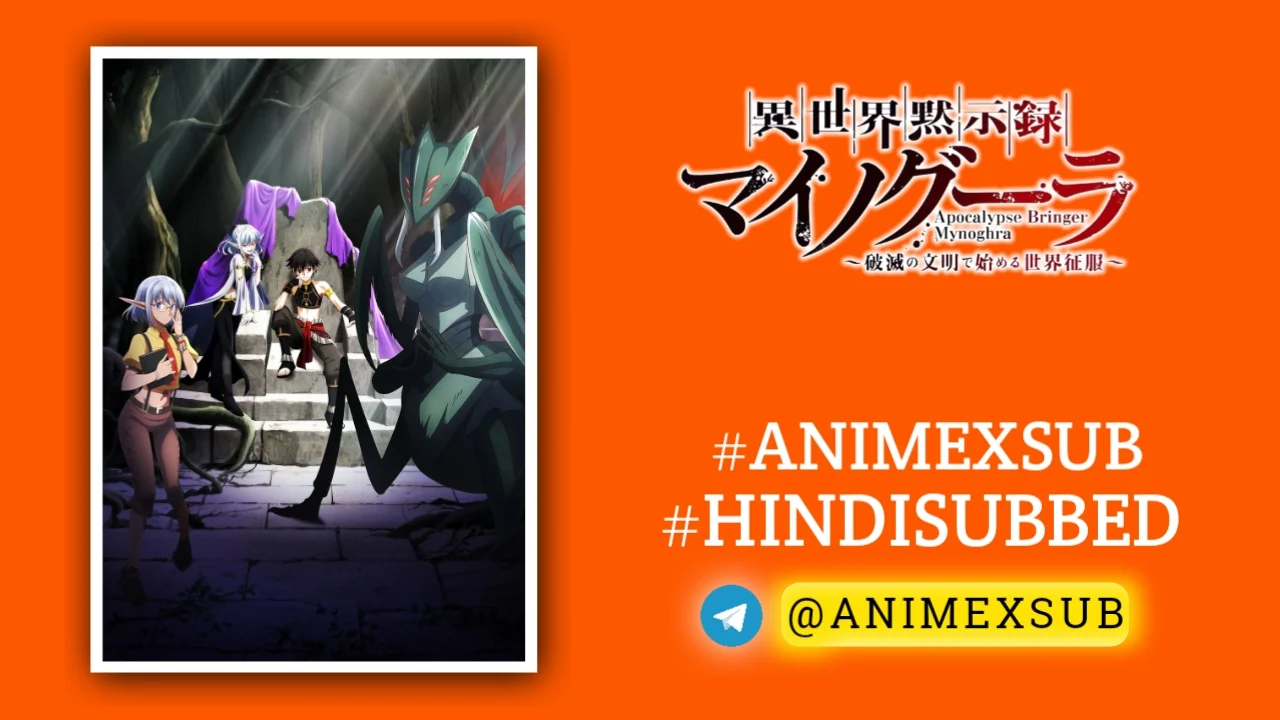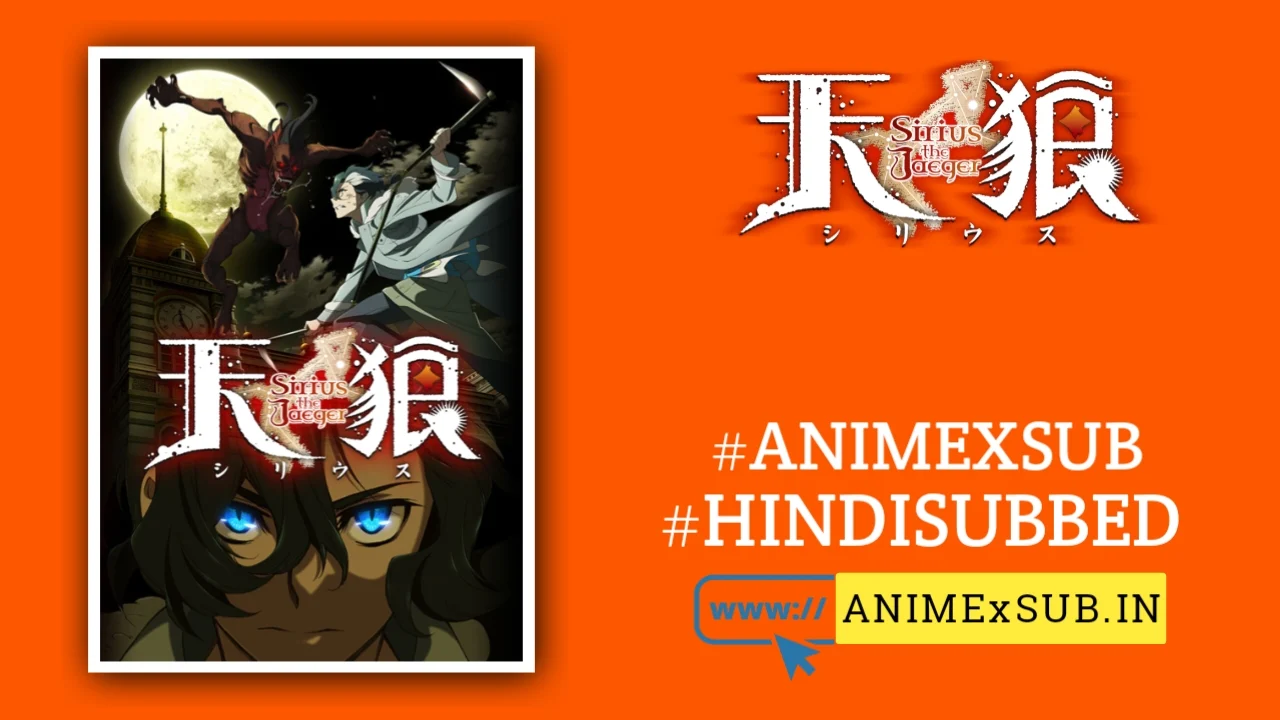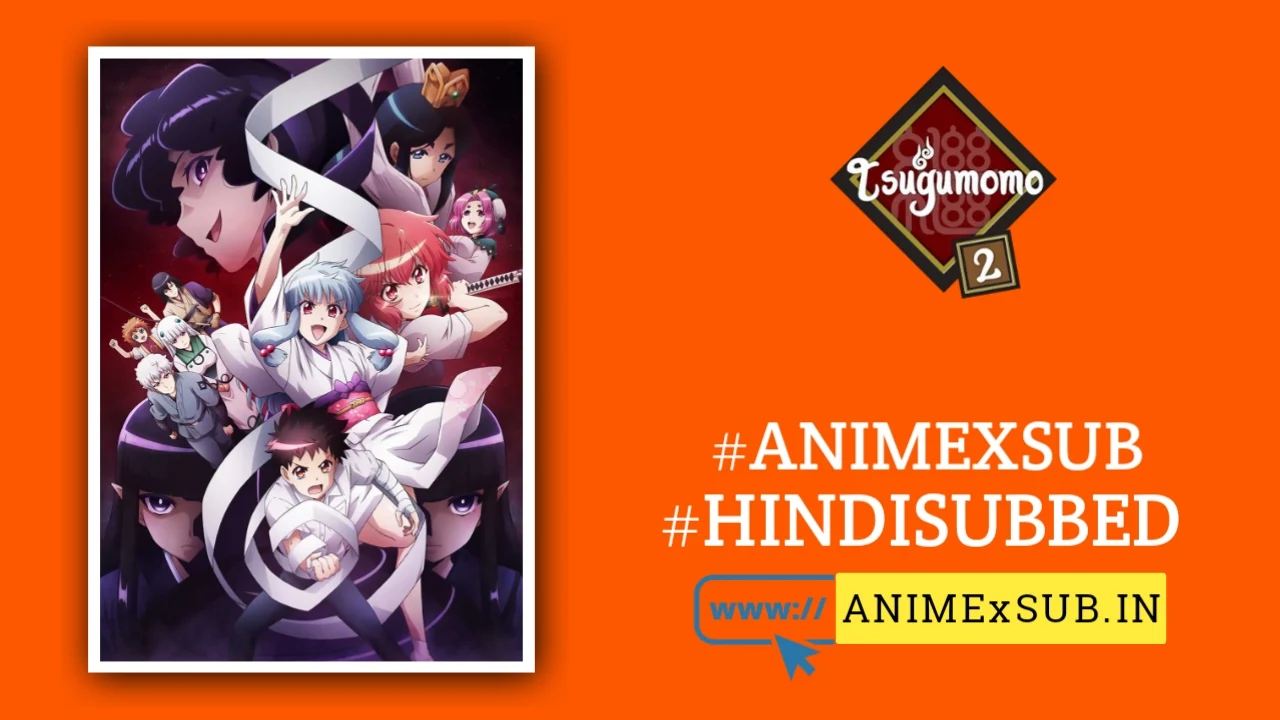
Tsugumomo Season 2 Hindi Subbed [12/12] | Tsugu Tsugumomo Hindi Sub!!
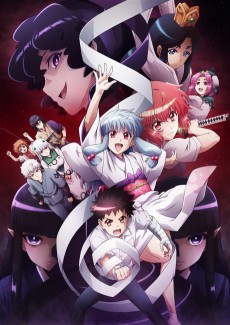
Tsugu Tsugumomo
Tsugumomo2Synopsis
The second season of Tsugumomo. When "ordinary boy" Kazuya Kagami meets the beautiful tsukumogami Kiriha, his life gets turned upside-down. As a "Taboo Child" who draws the supernatural towards him, he receives orders from the God of the Land, Kukuri, to become an exorcist and defeat these evil forces. And so, he and Kiriha do battle. To find out information on these supernatural beings, Kazuya and his friends set up a counselor's club at school. But behind the typical-seeming troubles he hears about, he uncovers a major plot to target Kukuri... In addition to the sadistic-yet-beautiful tsukumogami Kiriha, the situation draws other girls to Kazuya to join the fray! (Source: Crunchyroll)
Watch Trailer
Characters
Tsugumomo Season 2: A Deeper Dive into Folklore, Identity, and Supernatural Chaos
Tsugu Tsugumomo, the second season of the anime Tsugumomo, builds upon the foundation laid by its predecessor, weaving a narrative that blends Japanese folklore, supernatural action, and intricate character development into a tapestry that’s both chaotic and captivating. Premiering in April 2020 and concluding in June of the same year, this 12-episode arc, produced by Studio Zero-G, delves deeper into the world of Kazuya Kagami and his tsugumomo partner, Kiriha, while exploring themes of identity, loyalty, and the blurred line between the mundane and the mystical. This article offers a fresh, in-depth analysis of Tsugu Tsugumomo, focusing on its narrative evolution, cultural significance, and unique contributions to the anime landscape, without resorting to promotional fluff or rehashing familiar reviews.
A Narrative That Matures with Purpose
Tsugu Tsugumomo picks up shortly after the events of the first season, with Kazuya, a high school student bound to the spirited obi tsugumomo Kiriha, navigating the complexities of his supernatural responsibilities. The season introduces the Troubleshooters Club, a group formed by Kazuya and his schoolmates to tackle amasogi—malevolent spirits born from human desires and Kazuya’s spiritual power. This premise sets the stage for a series of episodic adventures that gradually coalesce into a more cohesive and emotionally resonant storyline.
Unlike the first season, which often leaned heavily on ecchi humor and scattered supernatural skirmishes, Season 2 strikes a bolder balance between comedy, action, and drama. The narrative matures by weaving a central plot thread from the outset, involving a mysterious group fostering amasogi cases and a black obi tsukumogami with enigmatic motives. This group’s actions, revealed around episode six, expand the world-building significantly, introducing stakes that challenge Kazuya’s understanding of his role and his past. The season’s climax, marked by shocking revelations and a surprising resolution to the central conflict, avoids predictable tropes, offering a conclusion that feels earned and impactful.
The episodic cases, such as a gender-swap incident and an underwear-focused amasogi, retain the series’ playful tone but vary in quality. While some, like the courtroom gag, feel tired and forced, others use humor to explore character dynamics, making the lighter moments more meaningful. The shift toward a more serialized narrative in the latter half, particularly with the introduction of double agents and their sympathetic backstories, adds depth, ensuring that even the most absurd episodes contribute to the overarching story.
Character Arcs: Growth Amidst Chaos
At its core, Tsugu Tsugumomo thrives on its characters, who evolve in ways that resonate beyond the surface-level antics. Kazuya Kagami, the protagonist, undergoes a subtle but significant transformation. No longer the bumbling novice of Season 1, he grows into a more confident figure, grappling with the weight of his powers and the memories sealed within him. His relationship with Kiriha, now fully established, serves as the emotional anchor, with their trust allowing for dynamic combat sequences and heartfelt moments. Kiriha herself remains a standout—a sharp-tongued, fiercely independent tsugumomo whose loyalty to Kazuya is tempered by her own agency, making her more than just a sidekick.
The supporting cast, including Sunao Sumeragi and her struggles with familial expectations, and the enigmatic Kukuri, adds layers to the narrative. Sunao’s arc, tied to her mother’s insistence on a marriage to preserve the family’s warrior reputation, explores themes of duty and personal choice, grounding the supernatural in human conflict. The introduction of the opposition group’s members, particularly the double agents, is a masterstroke. Their motivations, driven by desperation rather than malice, make them compelling foils, and their backstories—explored in a dedicated episode—add emotional weight to the season’s climax.
The tsukumogami themselves, from Kiriha to the newly introduced black obi, embody the series’ exploration of identity. As objects imbued with souls through years of human connection, they raise questions about what defines existence—whether it’s the object, the spirit, or the bond between them. This philosophical undercurrent, rooted in Japanese animism, elevates the characters beyond typical anime archetypes, making their struggles universally relatable.
Cultural Roots and Modern Resonance
Tsugumomo’s greatest strength lies in its seamless integration of Japanese folklore into a modern anime framework. The concept of tsukumogami—objects that gain sentience after a century of care—grounds the series in Shinto animism, where even the inanimate holds spiritual significance. Season 2 deepens this cultural homage, with episodes that reference yokai and traditional beliefs, such as the reverence for objects’ hidden stories. For example, the bond between Kazuya and his mother’s obi, Kiriha, reflects the cultural idea that cherished possessions carry the emotions of their owners, a sentiment encapsulated in the series’ recurring motif: “The spirit of an object manifests only when it has been loved and cared for over time.”
This cultural foundation sets Tsugu Tsugumomo apart from contemporaries like Jujutsu Kaisen or Demon Slayer, which also draw on folklore but focus more on overt supernatural battles. Tsugumomo uses its premise to explore quieter, more introspective themes, such as the emotional weight of attachment and loss. Kazuya’s gradual recovery of sealed memories, tied to his mother and the tsukumogami, mirrors societal narratives about honoring the past while navigating the present, making the series a bridge between tradition and modernity.
Technical Craft: A Step Forward
Visually, Tsugu Tsugumomo marks an improvement over its predecessor. Studio Zero-G delivers fluid animation in combat scenes, with the choreography of Kazuya and Kiriha’s battles showcasing a variety of martial arts techniques and strategic maneuvers. The use of CGI for the obi’s movements is seamless, enhancing the supernatural flair without overshadowing the 2D animation. The vibrant color palette and detailed character designs bring the world to life, particularly in scenes depicting the ethereal tsukumogami realm.
The audio experience is equally compelling. The voice acting, particularly for Kiriha and Kazuya, conveys a range of emotions, from biting sarcasm to quiet vulnerability. The soundtrack, with its mix of traditional Japanese instruments and modern beats, complements the series’ tone, amplifying both the action and the emotional beats. The opening and ending themes, while not groundbreaking, are catchy and fitting, reinforcing the series’ blend of humor and intensity.
However, the animation isn’t without flaws. Some episodes, particularly the more comedic ones, suffer from pacing issues or overly simplistic visuals, and certain gags—like the courtroom scene—feel like filler that detracts from the season’s momentum. These moments, while rare, highlight the series’ struggle to fully shed its reliance on ecchi tropes, which can occasionally undermine its more serious aspirations.
Emotional Depth and Unexpected Tragedy
What sets Tsugu Tsugumomo apart from its peers is its willingness to embrace emotional complexity. While the series retains its ecchi humor and action-packed battles, it introduces a touch of sadness in its final episodes, adding depth to the narrative. The tragic elements, tied to the sacrifices characters make and the consequences of their choices, resonate deeply, transforming what could have been a standard supernatural romp into a story with lasting impact. This shift in tone, executed without feeling forced, underscores the series’ growth and its ability to balance levity with gravitas.
Reception and Place in Anime Culture
Tsugu Tsugumomo has sparked varied reactions among viewers. On platforms like MyAnimeList, fans praise its improved storytelling and action sequences, with some calling it a “must-watch” for those who enjoy fantasy-action with a comedic edge. However, others, like reviewer Draggle, find it “forgettable,” citing its reliance on familiar tropes. The series’ 6.6 IMDb rating reflects this divide, appealing strongly to fans of its niche while failing to fully win over a broader audience.
Within anime culture, Tsugumomo occupies a unique space. Its blend of folklore, ecchi humor, and character-driven drama distinguishes it from more mainstream titles, fostering discussions on forums like Reddit about its cultural references and character motivations. The series’ exploration of possession and ownership resonates with contemporary questions about materialism and emotional attachment, making it a thought-provoking addition to the medium.
Conclusion: A Bold Step Forward
Tsugu Tsugumomo is not a flawless masterpiece, but it’s a bold evolution of the Tsugumomo series, refining its strengths while addressing some of the first season’s shortcomings. Its deeper exploration of Japanese folklore, coupled with richer character arcs and a more cohesive narrative, makes it a compelling watch for those willing to embrace its quirks. By grounding its supernatural chaos in themes of identity, loyalty, and cultural heritage, Season 2 offers a fresh perspective that challenges viewers to rethink their connections to the objects and stories around them. For fans of anime that blend tradition with modernity, Tsugu Tsugumomo is a hidden gem that rewards close attention, proving that even the most ordinary objects can hold extraordinary tales.
Support Our Anime Community!
Love watching the latest anime? Help us keep uploading new episodes by join telegram channel ❤️
Join Now!